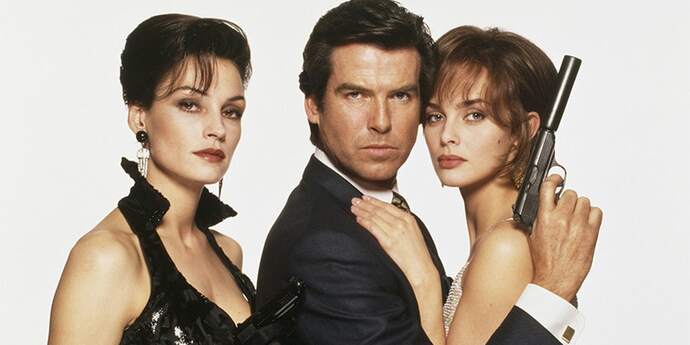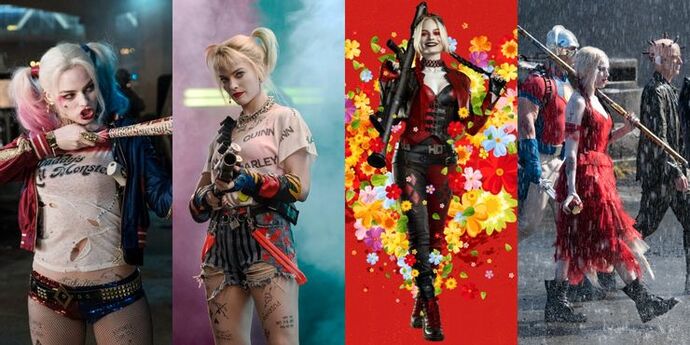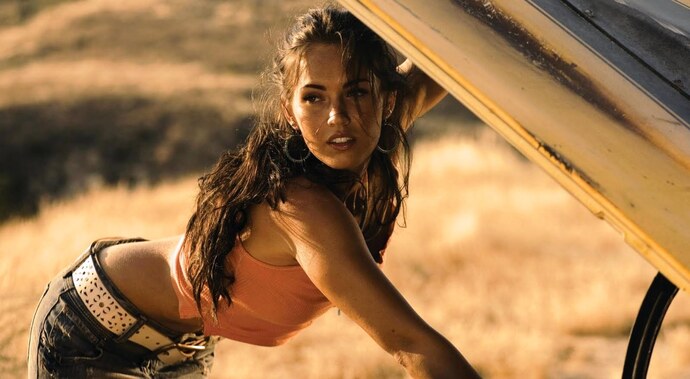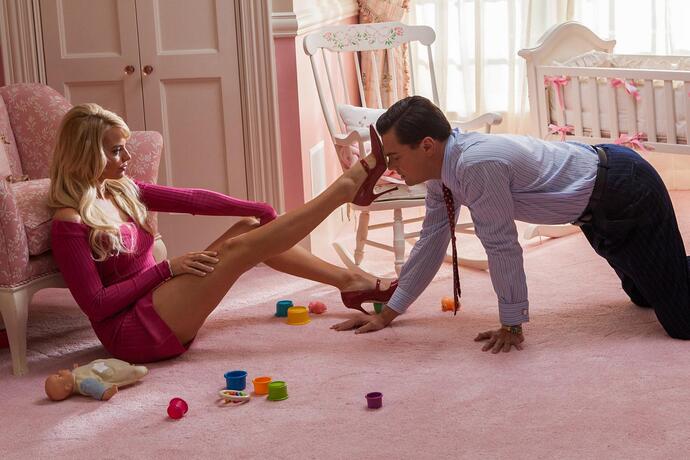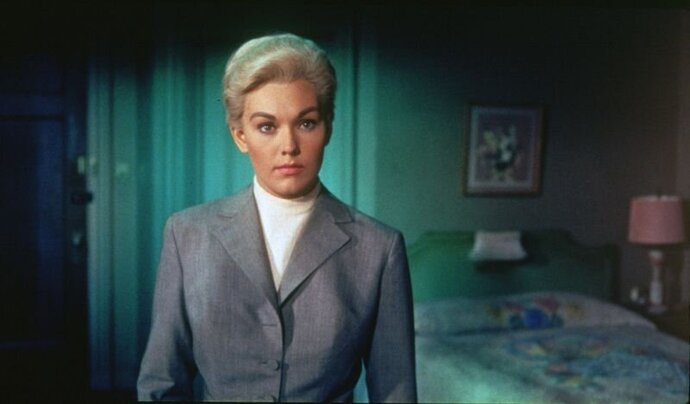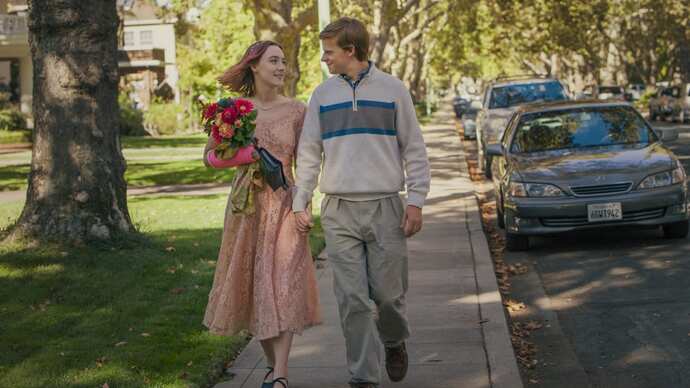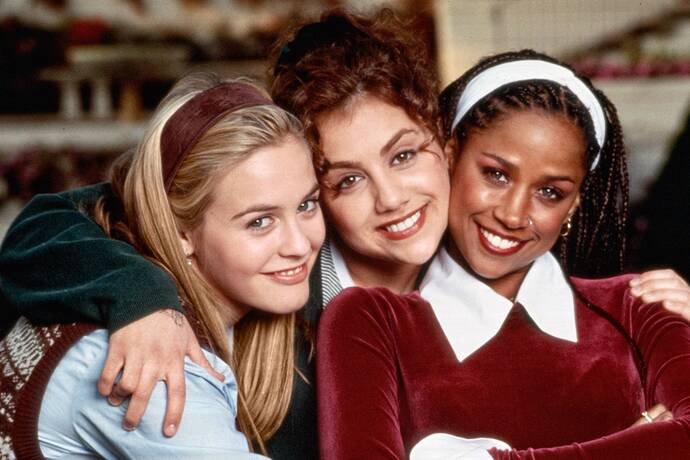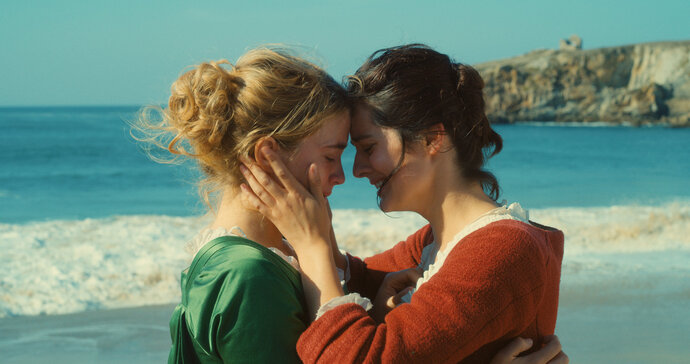The male gaze refers to how women are depicted in the world—specifically media—from a heterosexual male’s point-of-view. This depiction is generally hypersexualized and treats female characters as objects for the male protagonists to use. An obvious example would be the James Bond franchise, in which “Bond girls” are seldom more than erotic side characters. A Bond girl’s only purpose is to look pretty and gratify Bond’s desires, rarely having much of any character development themselves. Now, in the past few years, a new player has entered the field: the female gaze. As you can probably guess, the female gaze subverts the traditional male-dominated viewpoint that’s so common in Hollywood films throughout cinema history. The female director/writer approaches their media in a different way to the stereotypical masculine view, and tends to have a more emotional or artistic core. Female characters aren’t as objectified, and male characters are less of the typical “macho hero” type. The female gaze also tends to be open to different sexual orientations. A good comparison of the male gaze versus female gaze is Margot Robbie’s portrayal of comic book character Harley Quinn. Her first appearance in Suicide Squad was directed by David Ayer, a white heterosexual man. In it, Harley Quinn was decked out in tiny shorts and ripped clothing, and had long child-like pigtails. These all served the heterosexual male audience—for men, by men. On the other hand, Birds of Prey: Harley Quinn was directed by Cathy Yan, a Chinese-born American woman. In it, Harley Quinn is just as reckless, seductive, vicious, and fun as before—but without the need to please male viewers. Her pigtails are shorter and framed with bangs, making her seem less child-like. She wears high-waisted shorts, ditches the padded underwear, and isn’t wearing a dog collar. Let’s dive into a few more movie examples of both the male gaze and the female gaze and how they impact end results.
Male Gaze Movie Examples, Explained
Transformers (2007)
That infamous scene of Megan Fox leaning over the hood of a car? That’s the most male gaze thing, like, ever. A hot girl that knows mechanics? That’ll have both Shia LaBeouf and the male audiences gawping, as was director Michael Bay’s intention. Her body is placed right in the center eyeline of the camera, where her crop top leaves little to the imagination. She’s made the object of the camera and the audience. Bay has been critiqued for his sexualization of Fox (in other films, too) on many occasions.
The Wolf of Wall Street (2013)
Jordan Belfort, a real-life stockbroker and the protagonist of The Wolf of Wall Street, is the epitome of the male gaze. He’s a wealthy white businessman with an attractive blonde wife (played by Margot Robbie), who believes the whole world revolves around him. Martin Scorsese’s crime-comedy documents the rise and fall of the Wall Street criminal (played by Leonardo DiCaprio). Everything about this film is extravagant, crude, and hedonistic—including its portrayal of female characters. Naomi’s main purpose is pleasure and seducing her husband after a long day’s work. Once the money starts rolling in, he chooses her good looks over his former wife by having an affair. Throughout the epic, we see pretty much every woman in an overly-sexualized way, whether that be taping money all over their near-naked bodies or snorting cocaine off their chests.
Vertigo (1958)
Alfred Hitchcock, for all his legendary influence on cinema, has been repeatedly accused of misogyny. The middle-aged white male director had a habit of killing off his female characters, and harbored an almost neurotic compulsion to abuse and mistreat them—especially if they were blonde. One such leading lady was Kim Novak in Hitchcock’s classic thriller Vertigo, for which one of the chief themes is voyeurism. The protagonist, Scotty (played by James Stewart), is hired to spy on his old college friend’s wife. He stalks her from place to place, creepily gazing through gaps in doors and car mirrors, eventually becoming infatuated with her. When Madeleine falls to her death, he falls into a depression. On the street, Scottie spots a woman who reminds him of Madeleine, befriends her, and tries to turn her into his former lover complete with a makeover and whole new wardrobe. It’s all very predatory and weird, with the male gaze shining at its center. We watch, gawp, and manipulate Madeleine’s looks throughout the whole movie; her personality means nothing in the face of her blonde locks and beautiful dresses.
Female Gaze Movie Examples, Explained
Lady Bird (2017)
Director Greta Gerwig, despite only having made a handful of films as of this writing, is already a champion of the female gaze. She stands alongside big names like Sofia Coppola with a filmography that’s steeped in dreamy, feminine aesthetics. Gerwig’s coming-of-age movie Lady Bird follows young Christine McPherson (played by Saoirse Ronan) as she transitions from high school to college. Her experiences of friendship, young love, and first times is told entirely from the female gaze perspective. The female gaze seems especially potent in Lady Bird because its roots are semi-autobiographical. The story is based on Gerwig’s own experiences growing up in Sacramento, California. The film’s blend of playfulness and drama give Lady Bird a unique authenticity. Christine learns to put friendship before flighty romances and navigate the rocky terrain of mother-daughter relationships—something the male gaze never understands properly.
Clueless (1995)
Clueless is more than just a chick-flick; it was a landmark for female independence in cinema. It paints a portrait of the modern woman in the 90s, where boys are something to seduce and control according to your desires—not theirs. “Ugh, as if!” exclaims Alicia Silverstone when a boy tries to hug her. She’s in control of her own world; nothing and no one will get through without her permission. Clueless is considered a comedy, but one reserved for the ladies. The outfits are stylish and expressionistic, but not in a sexualized way. In Clueless, the women can be girly-girls with pink fluffy pens and thigh-high socks, yet remain strong and ambitious at the same time. In this continuation of 1960s third-wave feminism, director Amy Heckerling broke down barriers with confident, self-aware female protagonists. Clueless is what paved the way and allowed future classics such as Legally Blonde to be possible.
Portrait of a Lady on Fire (2019)
Female sexuality is fully embraced in Céline Sciamma’s French period romance. It’s been praised for its tender depiction of homosexuality in a time when such things were forbidden—something that translates back into modern day. Portrait of a Lady on Fire features almost no male characters, driven entirely by the appetite and motivations of women. It takes places in 1770 where a female painter is hired to paint another woman’s portrait as a gift for her husband-to-be. Lesbianism has long been hypersexualised by straight men. Here, Sciamma takes back the reigns of sexuality and gives women a stage to act and love freely. Portrait of a Lady on Fire has been described as a “manifesto about the female gaze” by critics, featuring daring and rebellious female characters. It doesn’t shy away from the intricacies of the two women’s affair or how the dominating omnipresence of men acts as a leash on women’s freedom even when none are present. Read next: The Best Period Piece and Costume Drama Movies, Ranked
